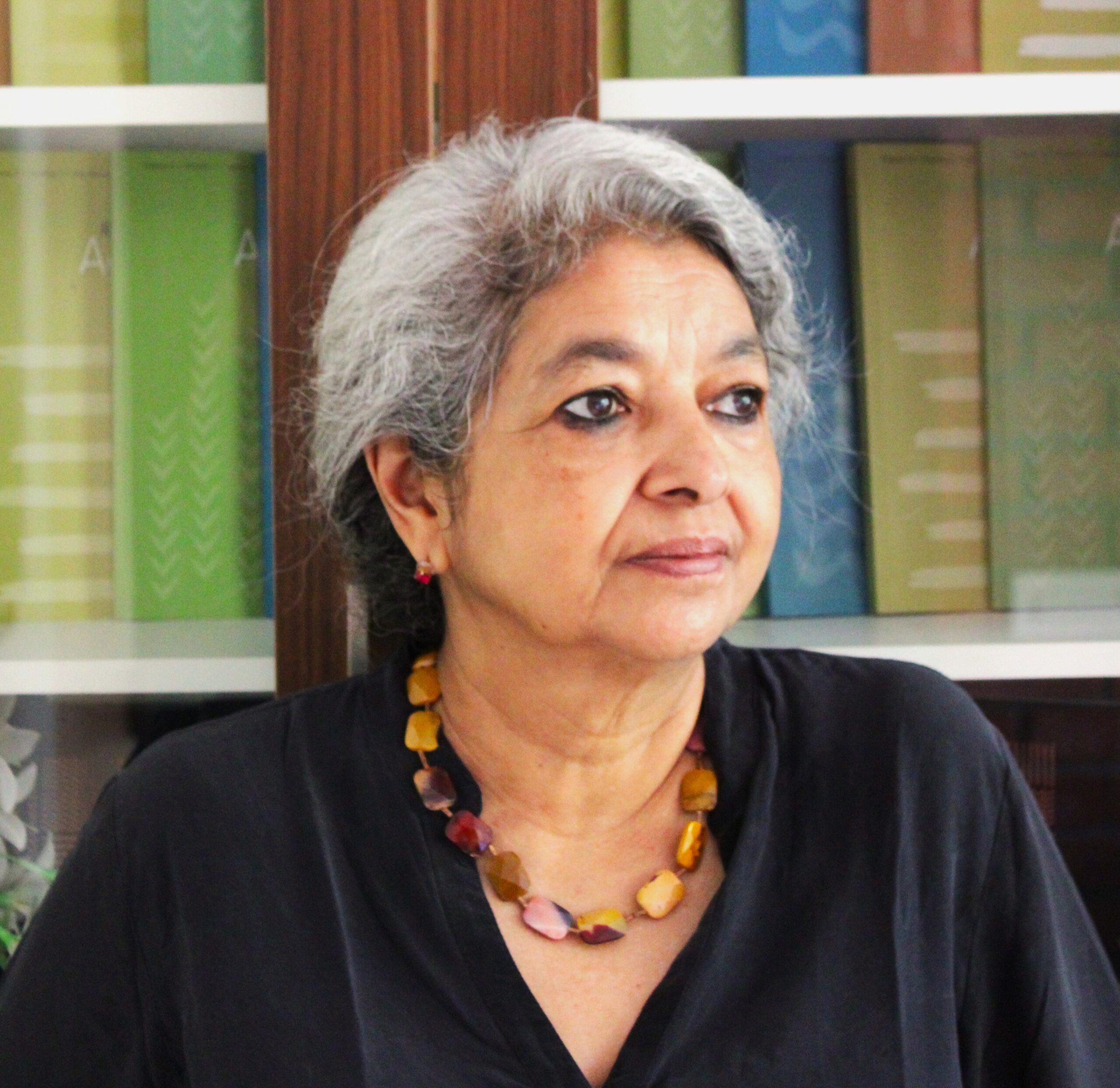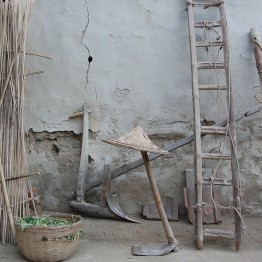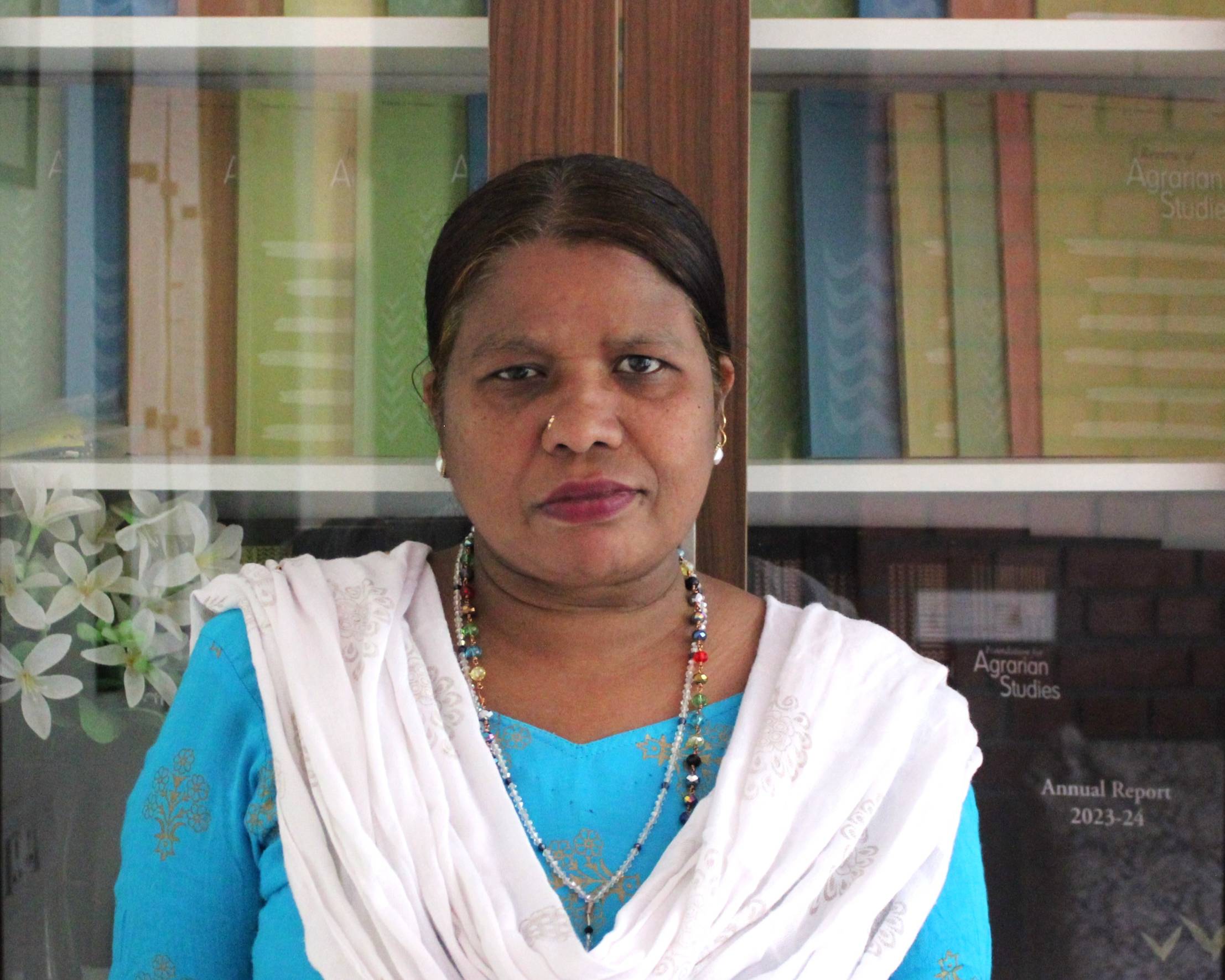Trends in Agricultural Production and Productivity in West Bengal
Dr Anjan Chakrabarti, Assistant Professor and Head, Dept. of Economics, St. Joseph’s College (University Section) made a detailed presentation on the topic: “Trends in Agricultural Production and Productivity in West Bengal: A Disaggregated Study”. He began with stating the well established fact, that the late colonial period did not witness any upward trend in food-grain production. The eastern regions of the country experienced a decline, or at best a stagnation, in the trends of food-grain production. A trend that continued even in post-independence period until the late-1970s. This region, and particularly West Bengal, however experienced a turnaround in agricultural growth in the 1980s. Dr. Anjan pointed out that the state of West Bengal witnessed an overwhelming agricultural growth from the 1980s. Interestingly, this was around the time when India was entering into the neo-liberal era.
It is in this background that Anjan, locates his study. The study examines the trends in growth of production and productivity (by using kink exponential model) of food grain and rice in West Bengal, disaggregated at the level of the districts. In this empirical exercise, 1970-71 has been chosen as the starting point and the time series continues till 2008-09. The whole period has been divided into four sub-periods, viz. 1970-71 to 1979-80; 1980-81 to 1989-90; 1990-91 to 1999-2000 and 2000-2001 to 2008-09.
In relation to the trends in agricultural production and productivity in West Bengal the study highlights some important issues. Firstly, growth of production and productivity of food grain was primarily driven by rice. Strikingly, this growth was mostly due to the increase in yield. Dr Chakrabarty argued that the turnaround in West Bengal agriculture cannot be attributed to institutional reforms alone; rather, he says, institutional reform combined with adoption and spread of green revolution technology as well as proper functioning of decentralized governance through panchayats, together brought the positive changes in agricultural production and productivity. The study further confirms that an inverse relationship between farm size and productivity does not hold good.
The massive growth in production and productivity in food grain achieved by West Bengal during the 80s however could not be sustained. Agricultural production and productivity witnessed the beginning of a slow down in the 90s, which eventually turned into a sharp decline since 2000-01. The economic reforms, at the initial stages, did depict a positive relation with agricultural productivity, although since late-nineties it was found that productivity has started declining in most of the districts of West Bengal.
Dr. Chakrabarty concluded by investigating the reasons for a declining income from agriculture in Bengal. He, feels that, the institutional aspects of agriculture has grossly been neglected under neo-liberalism, leading to deceleration in agricultural growth as well as decline in growth of output. During the reforms era, cost of production had increased because of the withdrawal of subsidy on fertilizers. Price determination had been totally left to the market. Public investment in agriculture has declined remarkably. There has also been a continuous hike of diesel prices which has made irrigation costlier. Other inputs have also become dearer in this period. As a result, a large section of small and marginal farmers in West Bengal find it difficult to ensure livelihoods from agriculture. During the nineties and in subsequent periods, the growth rate of agricultural state domestic product has declined. At the same time, since 1980-81 there has been a secular fall in the share of contribution of both registered and unregistered manufacturing sectors to gross state domestic product, poinitng towards a prolonged industrial backwardness of the state. Increase in the incidence of land alienation of “pattadars” and increasing eviction of “bargardars” has further complicated the agrarian situation. The severe deficit of alternative employment avenues, Anjan says, has further crippled the economic status of agrarian community of Bengal in the post-reform era. In a sense, Dr. Anjan’s study can be taken as another empirical corroboration of a persistent structural problem of Indian economy.













































































